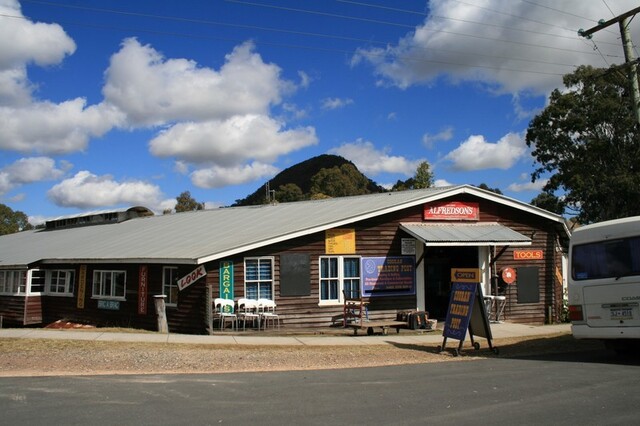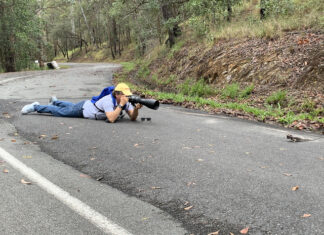The Cooran business which helped pioneer the concept of the Australian pre-fab house has had its extensive history recognised with a Queensland Government heritage grant of $41,000 to preserve its own historic home.
The rambling King Street building now houses a second-hand shop and a joinery business and has become a showcase of the district’s historic contribution to affordable housing.
A Queensland Heritage Register note says the building started out in 1933 as Alfredson’s woodworking shop, a business which later expanded to include a sawmill specialising in pre-cut homes.
It was a response to a housing crisis not unlike today’s, one that lasted more than a decade.
Mervyn Alfredson, who died in 1970, aged 58, devised his hardwood house frame system in the 1950s, by reading journals, then going into business with Queensland Pastoral Supplies.
His pre-cut houses were sold mail-order and sent out by train from Cooran Station, ending up at communities from Weipa to the Solomon Islands, remote mining settlements, outback stations and northern NSW towns in the 1960s.
Then Brisbane newspaper the Sunday Truth, said a display home built at Dell St, St Lucia for the Exhibition was framed, floored and cladded in hardwood and could be built by one person in four months, or with a carpenter to help, less than half that.
The “Cooran”, priced at £808 in 1953, had six rooms and could easily be extended.
At its peak the business employed 32 men, plus logging contractors, carriers and sub-contractors and more than 60 apprentices learned their trade there. The property was managed by the Alfredson family until 1991 and added to the Queensland Heritage Register in 2008.
The business was heavily involved addressing the post-World War II housing shortage.
It was part of a timber industry which built Noosa. Cooran started as a coach-stop on the road from Tewantin to Gympie, built to transport timber from Mill Point on Lake Cootharaba to the Gympie goldfields.
Mr Alfredson was born in Nambour in 1912, started his apprenticeship as a cabinetmaker with Page Furnishers in Pomona, and completed it in Gympie, before returning to Cooran and marrying Mavis Miller.
He used packing case timber to enclose the stumps under his workshop and that was home for he and Mavis, for the first six months of their marriage.
As is the case today, Australia was suffering a housing crisis, after the Great Depression of the 1930s and World War II, when building resources were restricted to the war effort.
There were also, as today, shortages of skilled labour and materials, coupled with improved industrial conditions, including the 40-hour week and high demand from returned service personnel starting families and strong post-war immigration.
In response to the housing shortage, M.W. Alfredson & Company produced at least 1200 pre-cut houses by the mid-1960s, when marketing through QPS ended.
These included five houses built in Cooran, for Alfredson’s staff, at 4, 5, 6 9 and 11 Henry Street; and four houses built in Cooran in the 1950s for the Queensland Housing Commission.







